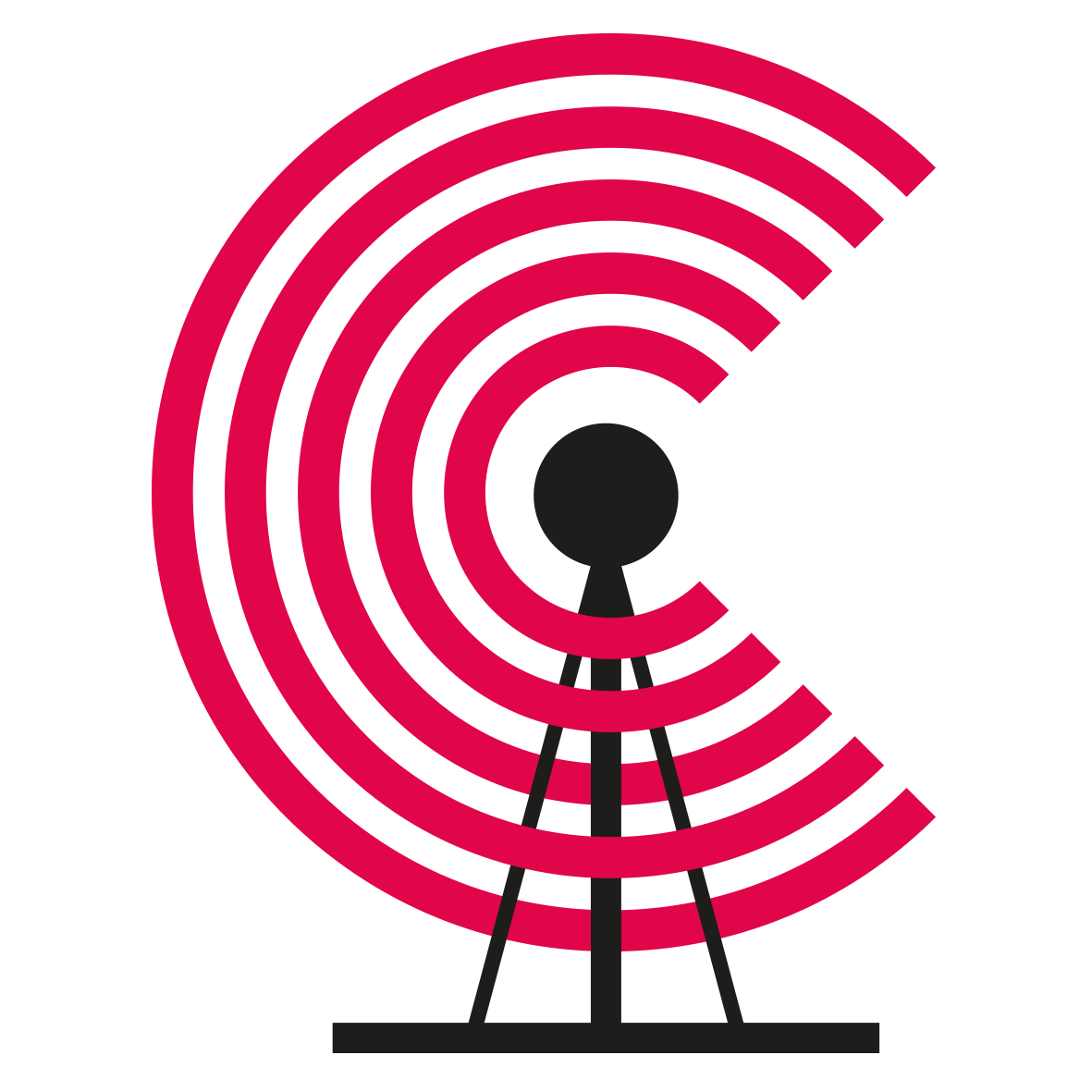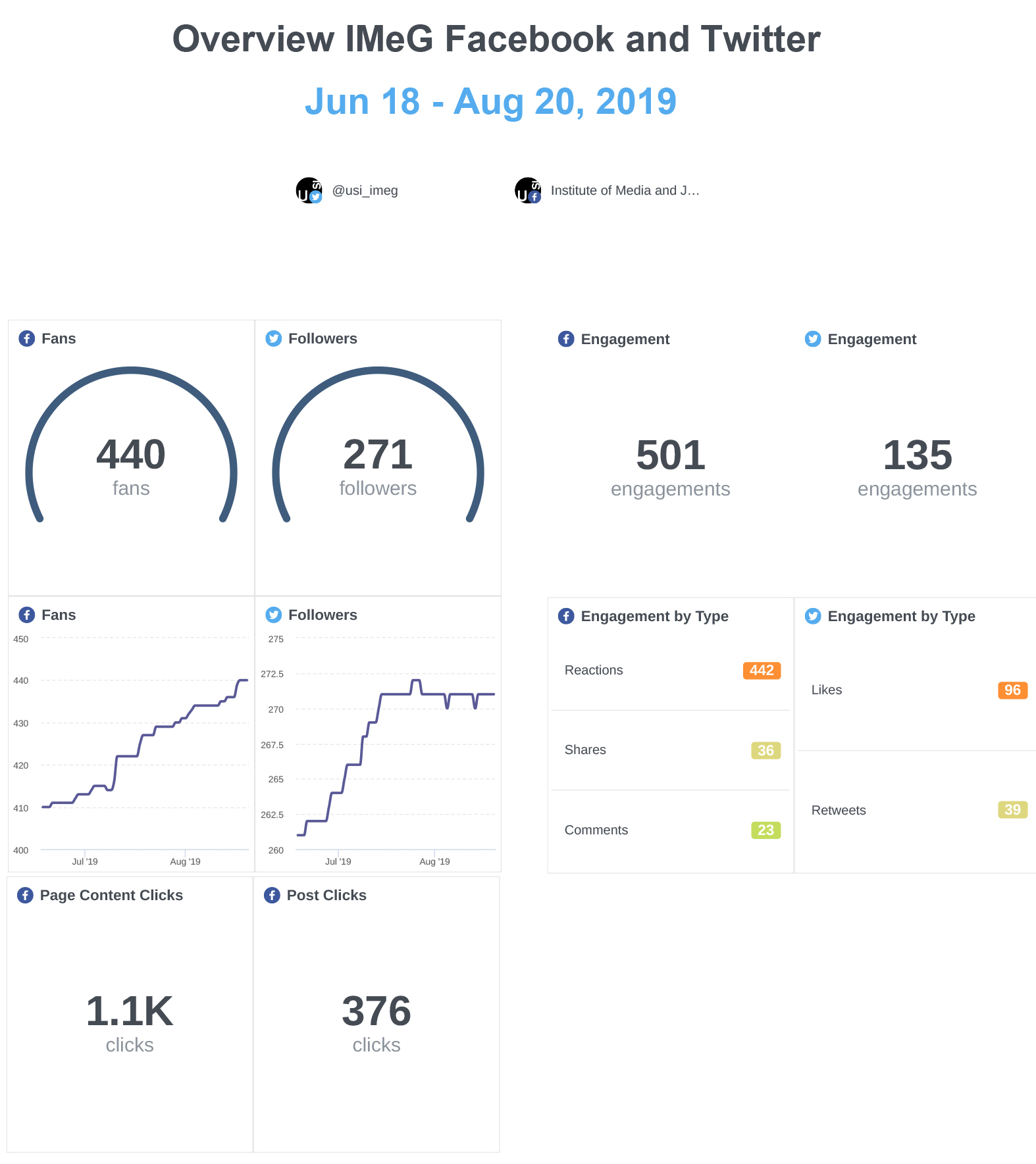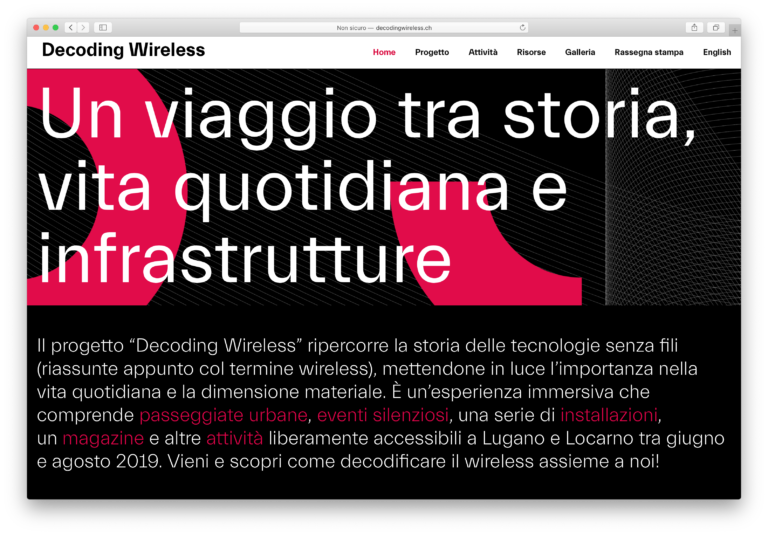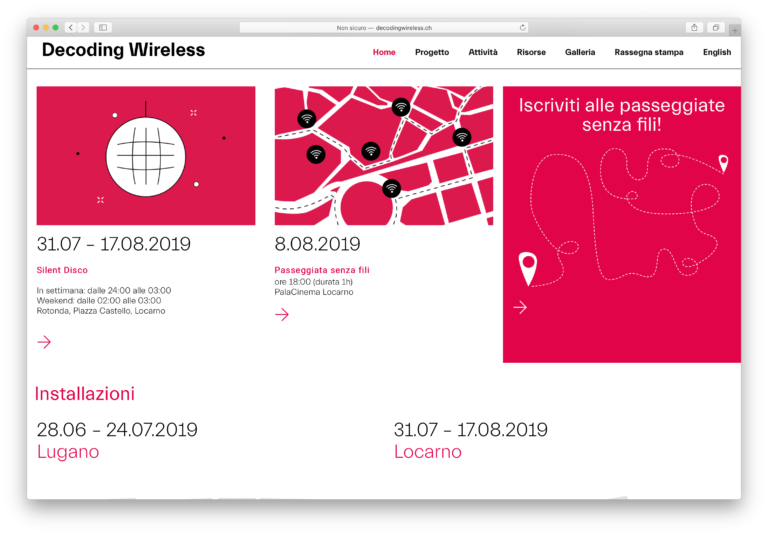
To promote participation in the activities and reach a wide audience, a website was created as the main channel of digital communication. Existing social channels were used and communication with the media was managed. A digital toolkit was created to disseminate the results and experiences of the project and to facilitate its replicability.
Web
The WordPress CMS with the theme Architecturer – Interior Design & Architecture was used to create the website, to present content structured as a timeline.
As a plugin for the layout we used Elementor Pro.
In general, the site is responsive, except the timeline that is visible only on the desktop format.
We relied on Infomaniak to manage the domain, hosting and webmail service.
The site is a showcase of the project, activities, promoters and partners. It also contains the following contents:
- – news and events calendar;
- – photographic database;
- – press review;
- – contacts;
-
- – magazine and toolkit.
-
- – contacts;
- – press review;
- – photographic database;
Social media
The social media campaign was planned using the USI and IMeG (Institute of Media and Journalism at USI) channels to address it to existing followers. We designed a hashtag #decodingwireless with the name of the project to facilitate navigation between the posts. In coordination with USI and SUPSI’s communication and press services, the campaign was launched by USI on Facebook and Twitter (since USI’s socials have a high number of followers and its channels are more institutional), followed by a campaign through the IMeG channels, which USI then shared on its channels.
Overall, there were ten posts launched. The introductive posts presented the project, its team and partners. The consecutive posts announced specific events (such as opening of the installation, walks, silent events, etc.) and published reports and images on them. Every post was accompanied with the photograph or an album of photographs that featured the installations and public attending events. Some also invited to follow the links to register to the wireless walk or to explore further the project magazine. The final post was published on the 20th August 2019, when the installations in Locarno were closed.
Subsequently, the photo albums on Facebook featuring installations and events were released. All the participants of our events provided a verbal consent for the publication. In the weeks following the closing of the scheduled events, new opportunities to move and reopen the timeline in other places emerged: the Digital Day in Lugano at the beginning of September 2019 and, by the end of 2019, the installation will be reopened at the USI campus in Lugano. New posts on the social media were then written to promote this “unexpected” re-opening.
Overall, there were ten posts launched. The introductive posts presented the project, its team and partners. The consecutive posts announced specific events (such as opening of the installation, walks, silent events, etc.) and published reports and images on them. Every post was accompanied with the photograph or an album of photographs that featured the installations and public attending events. Some also invited to follow the links to register to the wireless walk or to explore further the project magazine. The final post was published on the 20th August 2019, when the installations in Locarno were closed.
Subsequently, the photo albums on Facebook featuring installations and events were released. All the participants of our events provided a verbal consent for the publication. In the weeks following the closing of the scheduled events, new opportunities to move and reopen the timeline in other places emerged: the Digital Day in Lugano at the beginning of September 2019 and, by the end of 2019, the installation will be reopened at the USI campus in Lugano. New posts on the social media were then written to promote this “unexpected” re-opening.

Poster
20 A3 posters have been created with the Refutura blauer Engel Recycling, matt, ISO Weisse 100,100% Alt 140 g/m2 paper, to promote installations and walks. They were posted in strategic public spaces of the two cities involved.
Press coverage
The project has been advertised in different media, such as newspapers, radio and television broadcasting, websites. We have collaborated with editors and journalists to provide the best media coverage for the activities. The website contains all the links to the released materials:
decodingwireless.ch/press-review/








